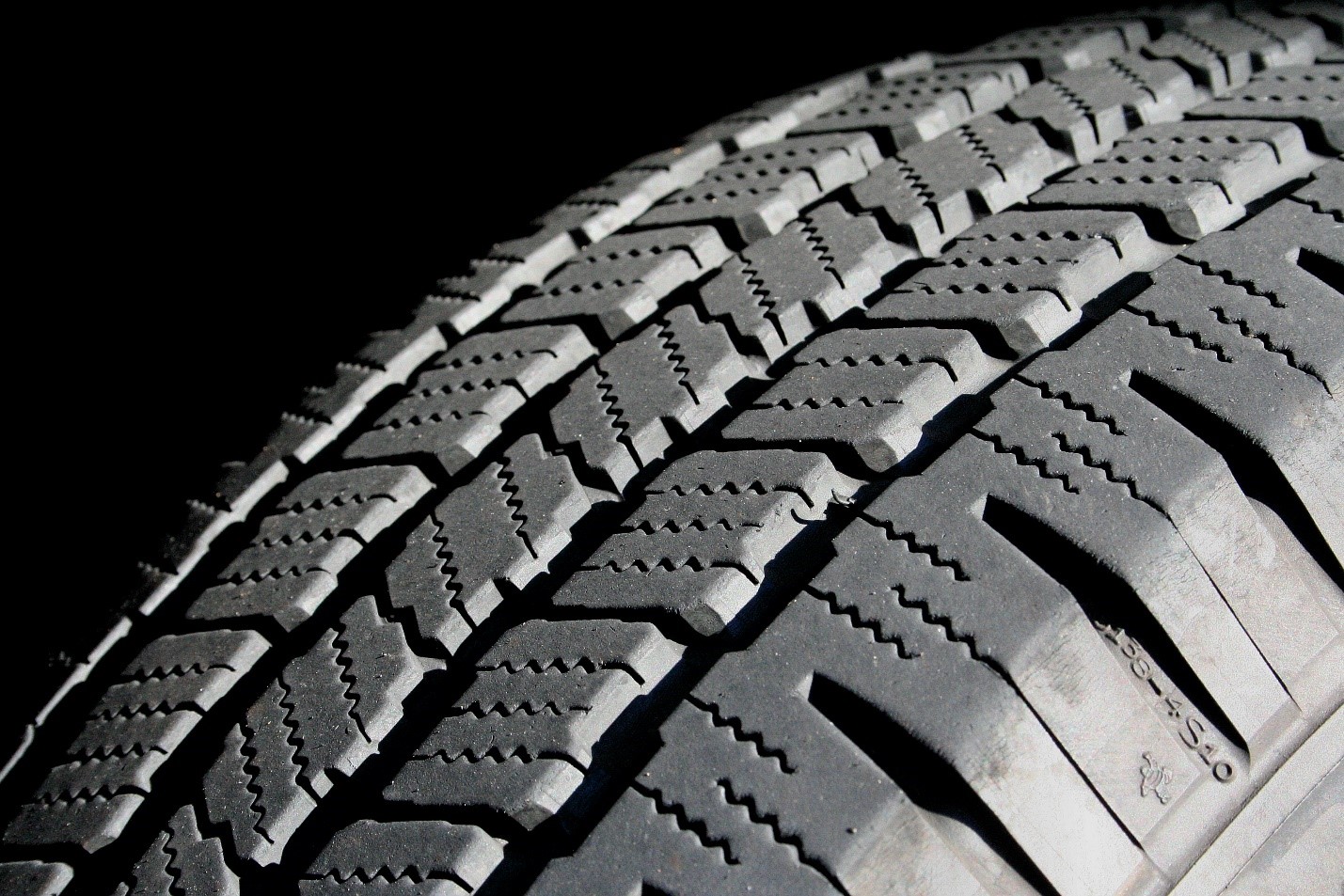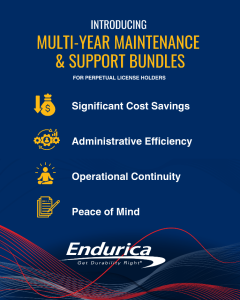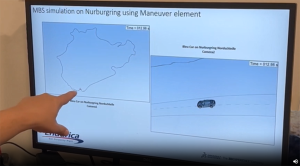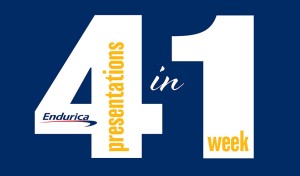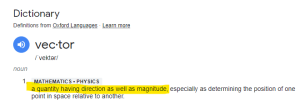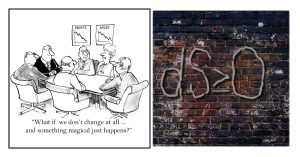The Tire Society held its 40th annual meeting last month with the theme The Virtual Tire. It has always been the place to see up and coming ideas, to see who is pushing into the frontiers of the field, and to renew professional connections across the industry. Endurica was very proud to sponsor this year.
Here’s a brief recap of our favorite talks…
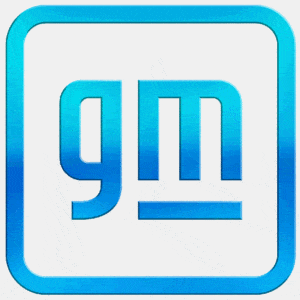 GM’s Mike Anderson, Executive Director of Global Virtual Design, Development and Validation, kicked off the meeting with his keynote lecture, titled “The Move To Virtual”. He spoke of GM’s target to achieve 100% virtual design by 2025. Anderson explained that this doesn’t mean that physical testing will go away, but rather that GM is dead serious about getting to a “right the first time” scenario rather than a “discover and recover” mode. “It’s a measure twice, cut once” culture, he said. He noted that upstart competitors are sprinting ahead in areas like EVs through the use of simulation and that the speed of discovery has increased significantly in the current competitive environment. Simulation drives learning speed, not only because of the opportunity to get engineering answers at the pre-build phase but also because it enables exploration of more of the design space and more of the performance outcomes. He told the conference that “we need to go beyond just replicating physical tests with simulation, we need to leverage the strength of simulation to go beyond test”. In the Q&A, Anderson was asked whether suppliers will also be expected to be virtual. “That’s gonna be tough to play together” for rubber part suppliers that can’t engage via simulation.
GM’s Mike Anderson, Executive Director of Global Virtual Design, Development and Validation, kicked off the meeting with his keynote lecture, titled “The Move To Virtual”. He spoke of GM’s target to achieve 100% virtual design by 2025. Anderson explained that this doesn’t mean that physical testing will go away, but rather that GM is dead serious about getting to a “right the first time” scenario rather than a “discover and recover” mode. “It’s a measure twice, cut once” culture, he said. He noted that upstart competitors are sprinting ahead in areas like EVs through the use of simulation and that the speed of discovery has increased significantly in the current competitive environment. Simulation drives learning speed, not only because of the opportunity to get engineering answers at the pre-build phase but also because it enables exploration of more of the design space and more of the performance outcomes. He told the conference that “we need to go beyond just replicating physical tests with simulation, we need to leverage the strength of simulation to go beyond test”. In the Q&A, Anderson was asked whether suppliers will also be expected to be virtual. “That’s gonna be tough to play together” for rubber part suppliers that can’t engage via simulation.
There were three talks given by Endurica users at this year’s Tire Society meeting.
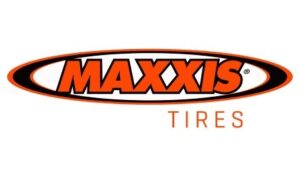 Pooya Behroozinia of Maxxis Tires spoke on “Tire Durability Prediction Using Three-Element Layered Mesh for Cord-Rubber Composites”. Behroozinia shared a tire meshing technique for improving representation of interlaminar shearing in their tire model. They used Endurica DT to simulate the damage accruing across all of the 6 steps in a stepped-up load durability test, and they were able to predict correctly the lower sidewall failure mode, the life (45 hours observed, 38 hours predicted), and the crack orientation. They also had a 2nd validation case in which the loads were increased by 10% in all steps of the test. The simulation again predicted correct failure, and the comparison of experimental life (41000 km) to simulated life (36330 km) was in good agreement.
Pooya Behroozinia of Maxxis Tires spoke on “Tire Durability Prediction Using Three-Element Layered Mesh for Cord-Rubber Composites”. Behroozinia shared a tire meshing technique for improving representation of interlaminar shearing in their tire model. They used Endurica DT to simulate the damage accruing across all of the 6 steps in a stepped-up load durability test, and they were able to predict correctly the lower sidewall failure mode, the life (45 hours observed, 38 hours predicted), and the crack orientation. They also had a 2nd validation case in which the loads were increased by 10% in all steps of the test. The simulation again predicted correct failure, and the comparison of experimental life (41000 km) to simulated life (36330 km) was in good agreement.
 Vidit Bansal of CEAT spoke on “Incremental, Critical Plane Analysis and Experimental Verification for TBR Tyre Bead Endurance Applications”. Similar to the Maxxis paper, CEAT used Endurica DT to simulate a multi-step durability test with loads ranging from 80% to 250%. In this paper, two different truck tire sizes were modeled and tested, a 10.00R20 and an 11.00R20. The analysis correctly predicted the ply turnup as the critical location. The predicted lives of the two tire sizes were predicted at 90-93% of the actual tested life in both cases.
Vidit Bansal of CEAT spoke on “Incremental, Critical Plane Analysis and Experimental Verification for TBR Tyre Bead Endurance Applications”. Similar to the Maxxis paper, CEAT used Endurica DT to simulate a multi-step durability test with loads ranging from 80% to 250%. In this paper, two different truck tire sizes were modeled and tested, a 10.00R20 and an 11.00R20. The analysis correctly predicted the ply turnup as the critical location. The predicted lives of the two tire sizes were predicted at 90-93% of the actual tested life in both cases.
 Tom Ebbott and Gobi Gobinath of Goodyear spoke on “A Model for Predicting Residual Casing Life of a Tire Following an Impact Event”. This work demonstrated the consequences on tire damage development of a range of impact event scenarios (3 speeds, 4 impact angles, 3 different wear states) early in the life of the tire. It used Endurica DT to accrue damage from both the impact event (computed with explicit FEA) and subsequent tire runout under steady state rolling conditions (computed with implicit FEA). The crack growth rate curve during the impact was based upon experimental measurements of the critical tearing energy at impact rates. When asked about experimental validation of the simulation results during the Q&A, Ebbott noted that “the modeling work stands on its own – it is based on sound physics”.
Tom Ebbott and Gobi Gobinath of Goodyear spoke on “A Model for Predicting Residual Casing Life of a Tire Following an Impact Event”. This work demonstrated the consequences on tire damage development of a range of impact event scenarios (3 speeds, 4 impact angles, 3 different wear states) early in the life of the tire. It used Endurica DT to accrue damage from both the impact event (computed with explicit FEA) and subsequent tire runout under steady state rolling conditions (computed with implicit FEA). The crack growth rate curve during the impact was based upon experimental measurements of the critical tearing energy at impact rates. When asked about experimental validation of the simulation results during the Q&A, Ebbott noted that “the modeling work stands on its own – it is based on sound physics”.
We at Endurica were delighted with the significance and innovation on display in all of these talks. We have often been challenged to show validation for tire durability predictions, but such measurements are difficult to obtain without significant tire testing resources. So, the fact that the Maxxis and CEAT papers showed multiple direct comparisons of tire durability tests with simulations, and the fact that excellent predictions of both failure mode and tire life were achieved was a very significant moment for us and for the industry.
The Goodyear paper was significant for a different reason. Their paper showed an application that would have been difficult or impossible to evaluate with physical testing. They showed how getting the right physics into the model builds the trust necessary to leverage simulation to increase the speed and scope of discovery and to go beyond the limits of physical testing. It was the perfect illustration of keynoter Mike Anderson’s point that simulation opens significant opportunities for competitive advantage and ‘right the first time’ engineering.
Click here to download a .pdf summary of this blog post: Endurica Spotlight on The Tire Society 2021 Annual Meeting The Virtual Tire

